
 In the course of automotive history, no single decade has witnessed the introduction of so many outstanding vehicles than the Nineteen Sixties.
In the course of automotive history, no single decade has witnessed the introduction of so many outstanding vehicles than the Nineteen Sixties.
 During the Sixties a number of the smaller, independent manufacturers had managed to survive and even flourish ,Although the mass market was now dominated by Britain’s version of the Big Three, Ford UK, Vauxhall, a subsidiary of US General Motors and the massive British Motor Corporation (BMC).
During the Sixties a number of the smaller, independent manufacturers had managed to survive and even flourish ,Although the mass market was now dominated by Britain’s version of the Big Three, Ford UK, Vauxhall, a subsidiary of US General Motors and the massive British Motor Corporation (BMC).
Chasing hard on their tails during the Sixties were the Rootes Group through their component companies, Hillman, Humber and Sunbeam.
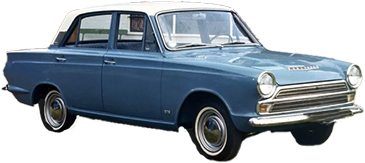 Another UK company who succeeded in consolidating if not increasing their market were Triumph, offering a wide choice of vehicles from saloons to roadsters- all well designed, solidly constructed and competitively priced.
Another UK company who succeeded in consolidating if not increasing their market were Triumph, offering a wide choice of vehicles from saloons to roadsters- all well designed, solidly constructed and competitively priced.
To many the stars of the UK car industry were Jaguar producing beautifully designed and well produced sports cars and luxury saloons, with the undoubted star being the E-Type either in open topped roadster format or as an exquisite 2+2.
![]()
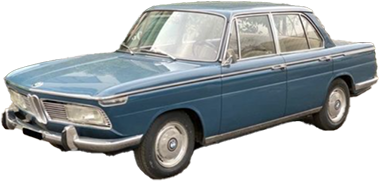 In Europe Italian car makers were back in full production, and enjoying export sales, particularly at top end of the market, with Lamborghini and Maserati joining Ferrari to dominate the luxury sports tourer niche in mainland Europe as well as across the US.
In Europe Italian car makers were back in full production, and enjoying export sales, particularly at top end of the market, with Lamborghini and Maserati joining Ferrari to dominate the luxury sports tourer niche in mainland Europe as well as across the US.
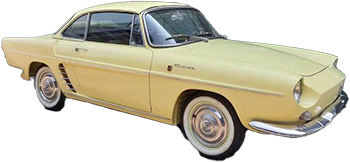 It was business as usual throughout the rest of Europe, with Citroen and Peugeot in France. Fiat of Italy continued to enjoy similar success with their own version of the " people's car -the 500, while at the same time increasing their market coverage and expanding their global export markets.
It was business as usual throughout the rest of Europe, with Citroen and Peugeot in France. Fiat of Italy continued to enjoy similar success with their own version of the " people's car -the 500, while at the same time increasing their market coverage and expanding their global export markets.
All through the Sixties, cars produced in West Germany continued to be in demand, with Volkswagen leading the way. The Freiburg based giants were less dependent on the Beetle for sales, bringing in some new mid range models. Other German car makers began to appear and re-appear on the scene, in particular Audi and NSU.
In Sweden, both of the country's car manufacturers, Saab and Volvo, went from strength during the Sixties, firmly consolidating and growing their market position while increasing their range of models.
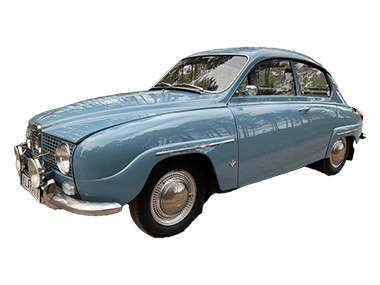 Now more than half a century after the last Fifties or Sixties Classic car rolled off the production line of Great Britain and Europe's car factories and Europe, the hunger to save the remaining survivors of these momentous years continues.
Now more than half a century after the last Fifties or Sixties Classic car rolled off the production line of Great Britain and Europe's car factories and Europe, the hunger to save the remaining survivors of these momentous years continues.
Classic Car Info, a group of interlinked websites, was established by a group of classic car "baby boomers" who want to preserve the heritage by providing wide-ranging
information on the many aspects of classic car restoration.
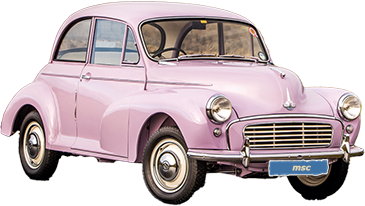 For the countless thousands that have completed a classic car restoration, for the many more that are currently workiss="hFrom the middle to the end of the decade, the whole new generation of " post-war" children, who became known as "baby boomers " were coming of age, with some even managing to buy their first car before the Sixties drew to a close, further boosting the fortunes of the already bouyant car industry.
For the countless thousands that have completed a classic car restoration, for the many more that are currently workiss="hFrom the middle to the end of the decade, the whole new generation of " post-war" children, who became known as "baby boomers " were coming of age, with some even managing to buy their first car before the Sixties drew to a close, further boosting the fortunes of the already bouyant car industry.
 Now more than half a century after the last Fifties or Sixties Classic car rolled off the production line of Great Britain and
Now more than half a century after the last Fifties or Sixties Classic car rolled off the production line of Great Britain and




